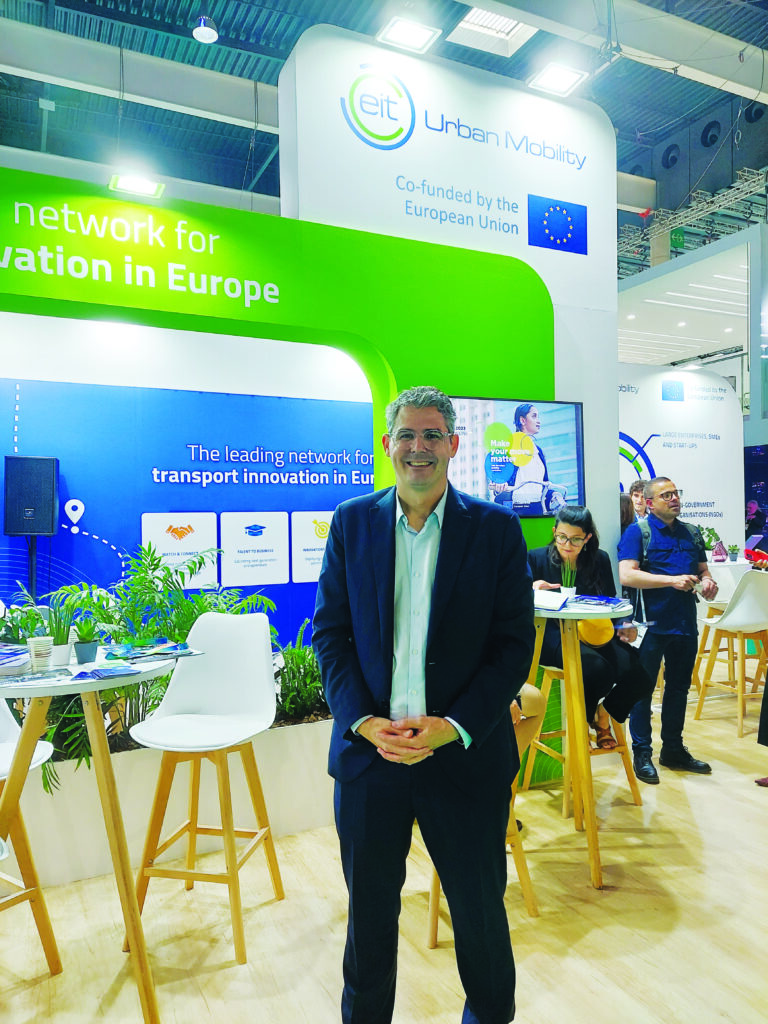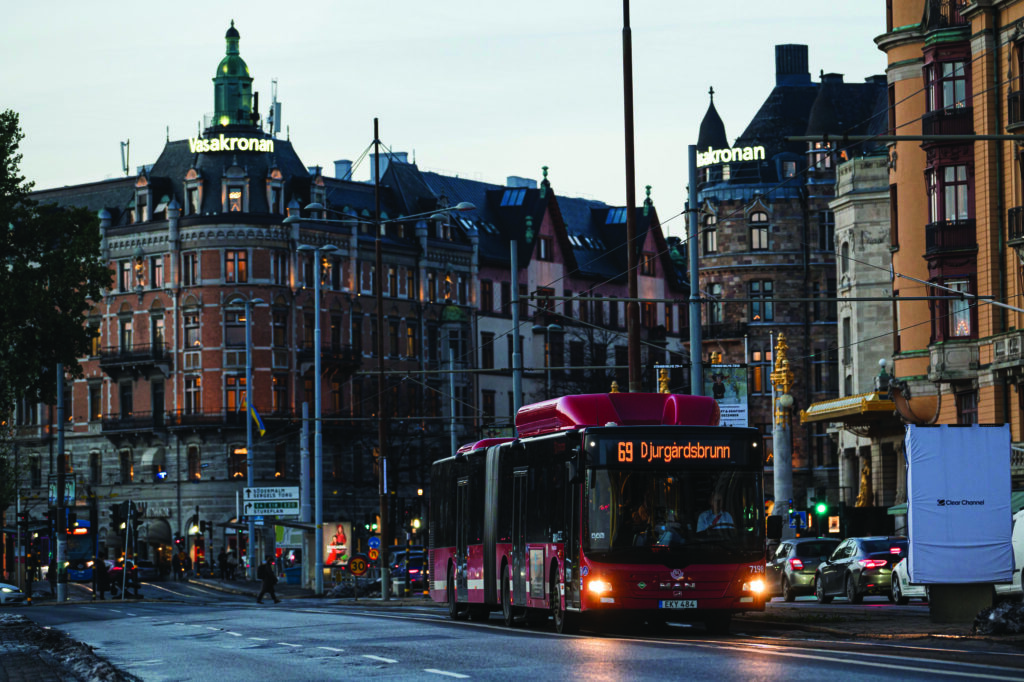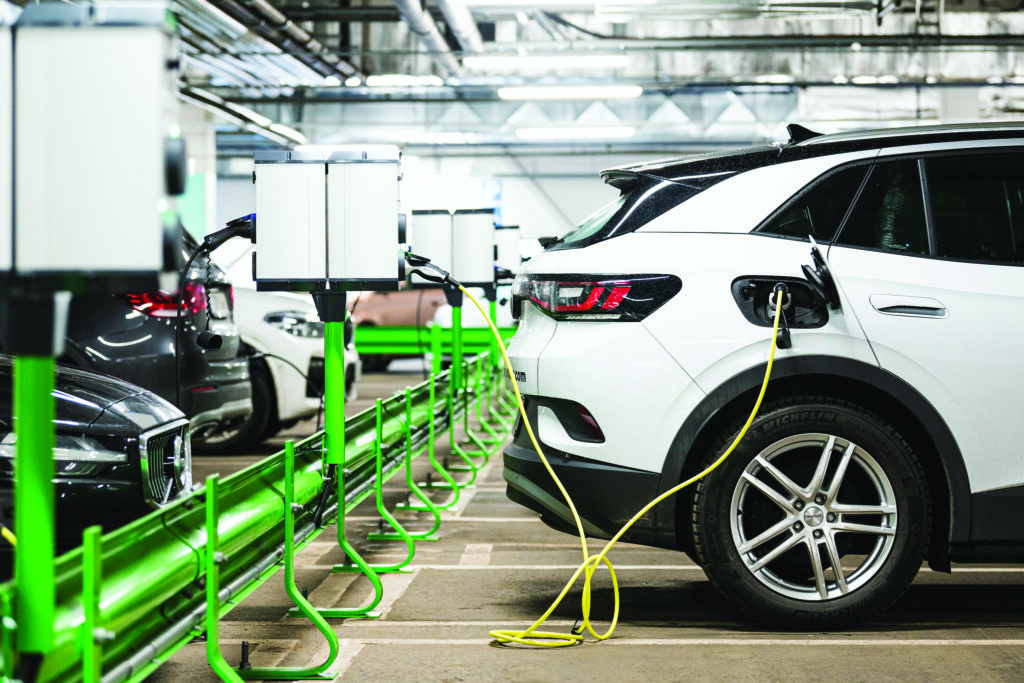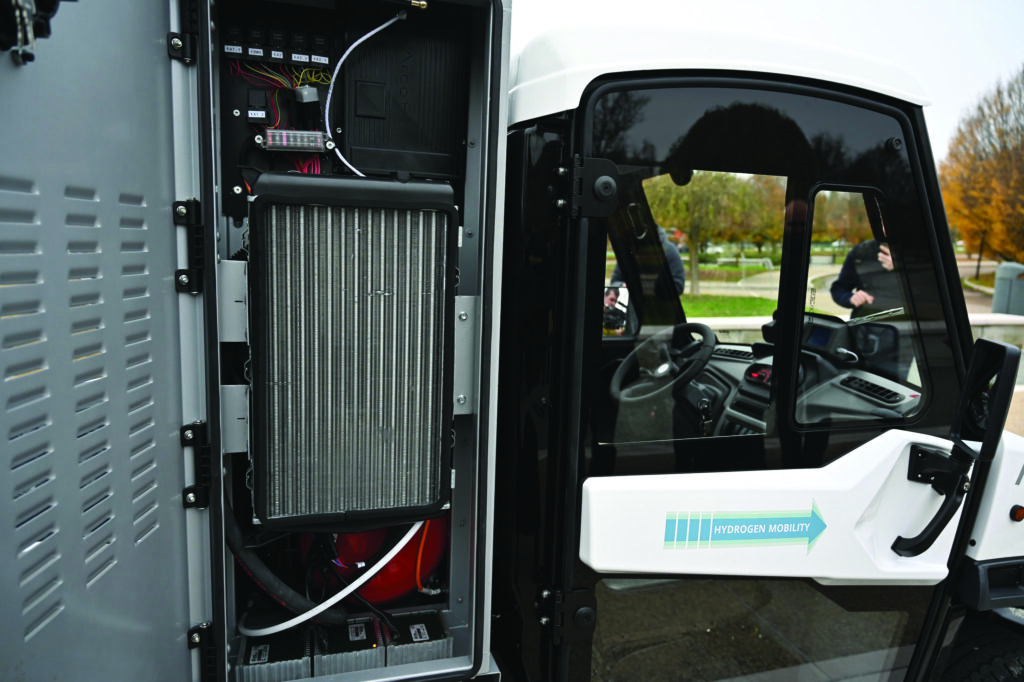
Europe is on a mission to drastically reduce its carbon emissions, and at the forefront of this transformation is EIT Urban Mobility, a non-profit organization supported by the European Commission. With a focus on bridging the gap between research and innovation, EIT Urban Mobility collaborates with various entities, including universities, research organizations, industry, and cities, to bring innovative mobility solutions to market. Daniel Serra Segarra, Director of Ecosystem & Stakeholders, EIT Urban Mobility, explains the organization’s multifaceted approach in an exclusive interaction with Rajesh Rajgor.
EIT Urban Mobility works closely with cities across Europe to help them achieve their decarbonization goals. They provide a platform where cities can discover and adopt innovative solutions, such as electric vehicle charging management, to electrify and green their transportation systems. “Our goal is to help cities decarbonize, aligning with Europe’s ambition to reduce carbon emissions by 250%. We provide solutions that facilitate this transition,” explains Daniel.

Recognizing the need for skilled professionals in emerging fields like bike lane development and electromobility, EIT Urban Mobility offers training programs to prepare the workforce of the future, ensuring a seamless transition to sustainable mobility. Daniel adds, “We work with various modes of transportation, from electric bikes to heavy-duty vehicles. For instance, we’ve invested in retrofitting diesel engines into hydrogen systems, offering an eco-friendly solution.”

The organization invests in startups and growth-stage companies that are pioneering breakthrough technologies. For instance, they support retrofitting diesel engines into hydrogen-powered systems, offering an eco-friendly solution for heavy-duty commercial vehicles. “We have invested in a startup retrofitting diesel engines into hydrogen because we see the trend in Europe is to reduce fossil fuel dependency. Retrofitting offers a viable option for transforming buses into hydrogen-powered vehicles, particularly in regions like Eastern Europe where full electrification may be cost-prohibitive,” he adds.
Global Expansion and Financial Sustainability
At present, EIT Urban Mobility is primarily focused on Europe, given the significant work required to decarbonize the continent’s cities. However, Daniel suggests that their valuable innovations, such as their comprehensive marketplace for mobility solutions, may eventually find their way to other regions where similar challenges exist. “At only 4 years old, we currently operate with 300 entities, primarily focused on Europe—a substantial undertaking in itself. Our catalog, covering logistics, energy, and global mobility solutions, holds worldwide potential. With universal city mobility challenges and support from the European Commission and the Union, we aim to make a global impact,” shares, Daniel.

EIT Urban Mobility’s financial sustainability is achieved through various means, including a share of the sales from the innovations they invest in, selling investments in startups that thrive, and offering specialized training programs for mobility professionals. As they continue to drive innovation and transformation in Europe, they aim to become a profit-oriented organization.
Daniel shares, “We have diversified revenue streams. Firstly, we earn a percentage of future sales from the innovations we invest in. Additionally, we invest in early-stage startups, some with dual founders, and later capitalize on their growth. Furthermore, our globally sought-after training programs, tailored for the mobility sector, are a revenue source. While we are currently a non-profit organization, we anticipate transitioning to a for-profit entity in the future. As an example, we are collaborating with FIRA Barcelona, the organizer of the Tomorrow Mobility event in November, held alongside the renowned Smart City World Expo, Europe’s largest smart city congress, in Barcelona.”
Collaboration as the Key to Success
In the context of discussing EIT Urban Mobility’s mission and approach, Daniel emphasizes the importance of collaboration among stakeholders, including cities, governments, universities, and the private sector. This synergy, often referred to as public-private partnership, is vital for achieving meaningful change and accelerating decarbonization efforts.
“As part of our mission, we bring together stakeholders – cities, governments, universities, and the private sector – to create synergies and accelerate the decarbonization of cities. To achieve meaningful reductions in global emissions, we must be more aggressive in our transformation efforts, and innovation is our key offering. We are the unique product in Europe that empowers cities to innovate. For instance, we engage cities in challenges like enhancing e-scooter safety and collaborate with startups to rapidly develop solutions for Europe-wide adoption. We operate with over 170 team members across Europe, connecting with cities, governments, and universities, fostering collaboration and synergies,” concludes Daniel.
EIT Urban Mobility is playing a pivotal role in reshaping urban mobility across Europe. With a holistic approach that encompasses innovation, skills development, and investment, the organization is driving the sustainable transformation of cities, and their vision extends beyond Europe’s borders, promising a greener future for cities worldwide.